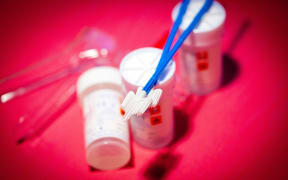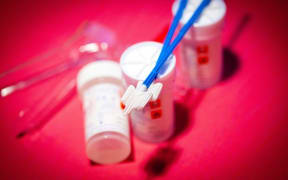The number of young women with the highest risk of developing cervical lesions that can lead to cancer has halved.

Photo: 123rf
But one of the authors of a new paper in the New Zealand Medical Journal warns screening is still vital - and self-screening would be even better.
The paper looked at the rate of cervical abnormalities in women under 25 since the HPV vaccine, which protects against the virus that causes the cancer, was introduced in 1990.
It found there were half as many of the highest-grade cervical abnormalities - those most likely to lead to cervical cancer.
But the drop was less for Māori women.
Otago University associate professor Peter Sykes, said that could be because of lower immunisation rates among Māori women in the early days of the vaccination which have now been rectified.
But more research was needed, he said.
The fact lesions were still being found in young women showed screening for cancer was still very important, Dr Sykes said.
"The vaccination is an effective intervention. We need to work hard to make the most of that intervention and we need to continue coverage with our screening programme," he said.
Introducing the more convenient and accurate HPV swabs test - as opposed to the current smear, done with speculum - would likely improve rates.
"Don't get me wrong, [smears] are an extremely good way of screening for cervical cancer and we've got very good reduction in our rates, but there is a better test," he said.
The swabs, which can be done by women at home, were meant to be introduced next year but that has been delayed by the Ministry of Health.
Doctors wrote to the Ministry of Heatlh earlier this year asking it to reconsider, saying lives would be lost.




